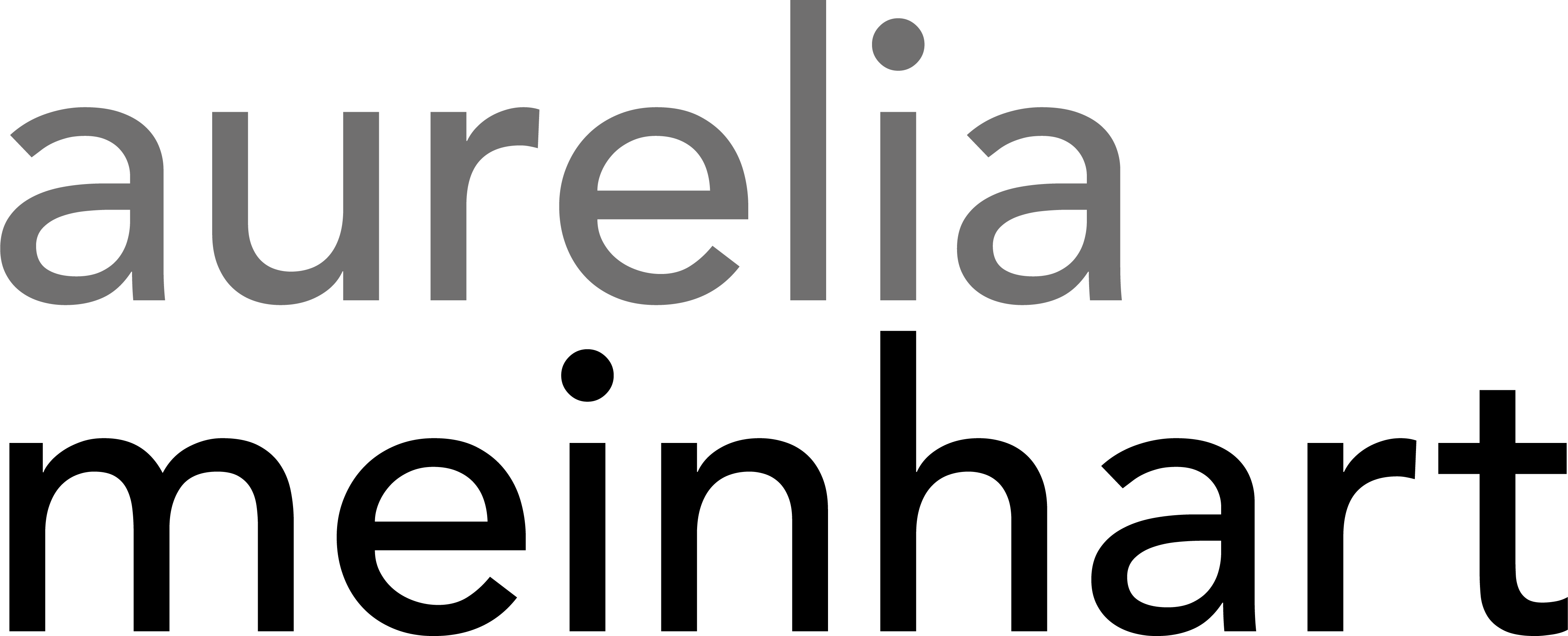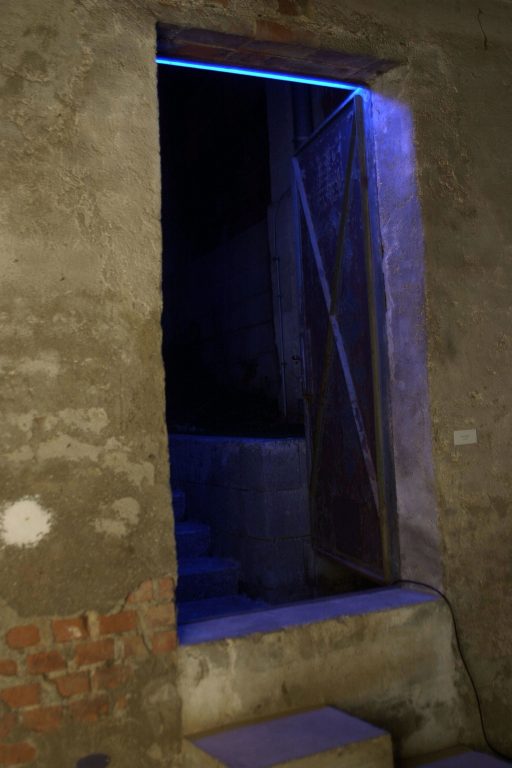Die Wand
9. International Artists in Residence-Projekt
next – Verein für zeitgenoessische Kunst, Graz | Austria
Die Wand
Aurelia Meinhart nimmt Marlene Haushofers Roman “Die Wand” als Ausgangspunkt für ihre Arbeit. Beim ersten Besuch eines ehemaligen Ziegelwerkes, entstand in der Künstlerin zwischen den kahlen Fabriksmauern ein beklemmendes Gefühl, das sie mit dem klaustrophobischen Alptraum von Marlene Haushofers Romanheldin in Verbindung brachte. Haushofers “Wand” ist eine nicht fassbare, aber dennoch unüberwindbare Grenze, sie verkörpert die unsichtbaren Mauern eines mentalen Gefängnisses, in dem die Protagonistin ihr Dasein fristet. Dieser Eindruck des geistigen Eingeengt-Seins ist der Ausgangspunkt Aurelia Meinharts Arbeit. Sie will diese “Wand”, dieses Eingeperrt-Sein sprengen, aus der Enge ausbrechen.
Aurelia Meinharts Arbeit erstreckt sich aus der Ziegelfabrik hinaus ins Freie, womit die Künstlerin einen Weg durch verschiedene Bewusstseinsebenen darstellt. Anfangs betritt man durch eine Lichtwand eine sterile Welt, zubetoniert, mit Kunstrasen ausgelegt und durch eine transparente Plastikwand begrenzt. Die Wand reflektiert das blaue Licht und alles, was sich in diesem Raum befindet. Man sieht durch diese Wand, aber alles, was außerhalb ist, wirkt erstarrt und verzerrt. Dennoch ist es ein Ausblick in eine offene freie Welt. Für Aurelia Meinhart war es von Anfang an wichtig, dass sich ihre Arbeit in der freien Natur fortsetzt. Sie wollte damit die Überwindbarkeit von starren Systemen darstellen.
Der Raum, den die Künstlerin für ihre Arbeit auswählte, ist ein Notausgang, der sich im mittleren Teil der Ziegelfabrik befindet. Drei Seiten des Raumes bilden dicke Mauern, mit der vierten Seite öffnet er sich in die Natur. Dieser Raum, schon von Gras und Moos überwuchert, musst gereinigt werden, um die für das Arbeitsthema nötige Stimmung zu erzeugen. Ein großer transparenter Plastikvorhang bildet nun die vierte Wand und schließt so den Raum ab. Der künstliche Rasen und blaues Neonlicht lassen mitten in einer verlassenen Ziegelfabrik eine neue Welt entstehen. Doch erst hinter der transparenten Plastikwand öffnet sich das eigentliche Paradies für Aurelia Meinhart. Die Natur als Freiraum, als Raum ohne Grenzen. Denn die Natur ist für die Künstlerin der Zufluchtsort einer von Alltagspflichten überladenen Welt.
Text: Rozalija Linke
9. International Artists in Residence-Projekt
next – Verein für zeitgenoessische Kunst, Graz | Austria
The Wall
Aurelia Meinhart takes Marlene Haushofer‘s novel „Die Wand“ (The Wall) as starting point of her work. The first visit at a former brickyard roused an uneasy feeling in the artist between those bare factory walls, which she associated with the claustrophobic nightmare of Marlene Haushofer‘s novel heroine. Haushofer‘s „Wall“ is a frontier that cannot be grasped, yet is insurmountable, it represents the invisible walls of a mental prison in which the protagonist ekes out a miserable existence. This impression of a mentally restricted situation is the starting point of Aurelia Meinhart‘s work. She wants to break through this „Wall“, this restriction, to escape from this narrowness.
Aurelia Meinhart‘s work extends from the brickyard out to the open, thus presenting a way through various levels of consciousness. At the beginning you enter through a light wall, a sterile world, concreted, laid out with astroturf and restricted by a transparent plastic wall. The wall reflects the blue light and everything there is in this room. You can look through this wall, but everything that is outside seems paralyzed and distorted. Nevertheless it is a view into an open, free world. From the beginning it was important for Aurelia Meinhart that her work would continue out in the open. With that she wanted to show that rigid systems can be overcome.
The room that the artist chose for her work is an emergency exit in the middle part of the brickyard. Three sides of the room consist of thick walls, the fourth side opens into nature. This room, already overgrown with grass and moss, must be cleaned to produce the mood needed for the topic. A big transparent plastic curtain now forms the fourth wall, thus closing the room. The astroturf and the blue neon light evoke a new world in the middle of a deserted brickyard. But it is only behind the transparent plastic wall that the actual paradise opens for Aurelia Meinhart. Nature as personal freedom, as space without limits. For nature is for the artist a place of refuge in a world overloaded with everyday scores.
Text: Rozalija Linke








